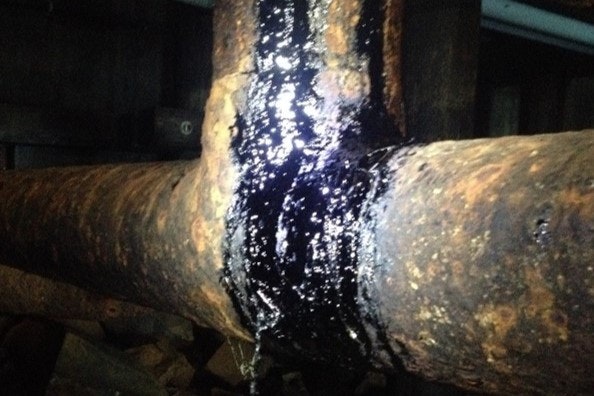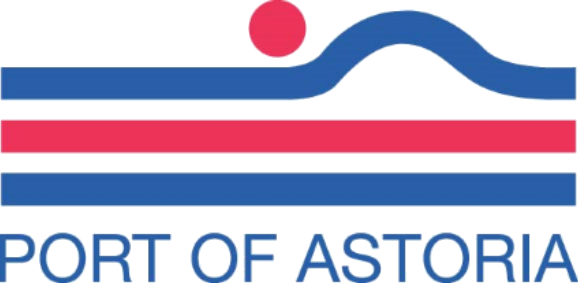Area of Concern 4 (AOC-4)
MAY 28, 2025 UPDATE

Area of Concern 4 (AOC4) encompasses a section of the Astoria waterfront that has historically hosted a wide range of industrial uses—including the former Mobil/Niemi Oil Bulk Plant, petroleum distribution pipelines, a Port of Astoria maintenance shop, and various steelworks and manufacturing facilities. These activities resulted in petroleum contamination of the soil and groundwater, impacting both upland areas and the adjacent Columbia River. Addressing this contamination has been a longstanding priority, with environmental efforts spanning more than two decades.
In December 2001, the Oregon Department of Environmental Quality (DEQ) issued a notice to the Port of Astoria regarding LNAPL (light non-aqueous phase liquid) groundwater contamination at the south end of Pier 2, identified as Area of Concern 4. The site has been used by multiple Port tenants since the 1920s, and over time, petroleum releases and leaks from historical conveyance lines have resulted in detectable contamination within the site.
The AOC4 remediation project has been classified as an emergency action. A Remedial Investigation/Feasibility Study (RI/FS) was conducted in collaboration with several Potentially Responsible Parties (PRPs). The study identified ten former properties with historical petroleum use that may have contributed to the contamination at AOC4. DEQ determined that the Port is responsible for 50% of the cleanup costs.
In April 2020, the Port Commission approved and executed a settlement with McCall Oil and Chemical Corporation and ExxonMobil Corporation. In response to the 2022 Consent Order issued by DEQ, which provided the final framework for cleanup, the Port contracted with Maul Foster and Alongi (MFA) to develop preliminary plans and sought external funding to help move the project forward. That research led to an Integrated Planning Grant from Business Oregon, which is now supporting the remediation effort.
MFA has developed both a Remedial Design/Remedial Action Plan (RD/RA Plan) and a Port Layout Plan to address long-term environmental concerns and establish the scope and boundaries of the project. The remediation is being planned in conjunction with a bulkhead wall rehabilitation along Slip 2, with one evaluated approach involving the excavation of a vertical trench along the top of the riverbank near the seep and backfilling it with sand mixed with absorptive organophilic clay. This method would be engineered to maintain the existing hydraulic gradient and, if feasible, could eliminate the need for in-water permitting.
By integrating these efforts, the Port aims to develop a comprehensive waterfront improvement plan that aligns environmental cleanup with infrastructure rehabilitation, ensuring a coordinated and efficient approach to both.
The alternative approach is currently under review. If approved by DEQ, MFA will proceed with 50% design development for formal DEQ review.
